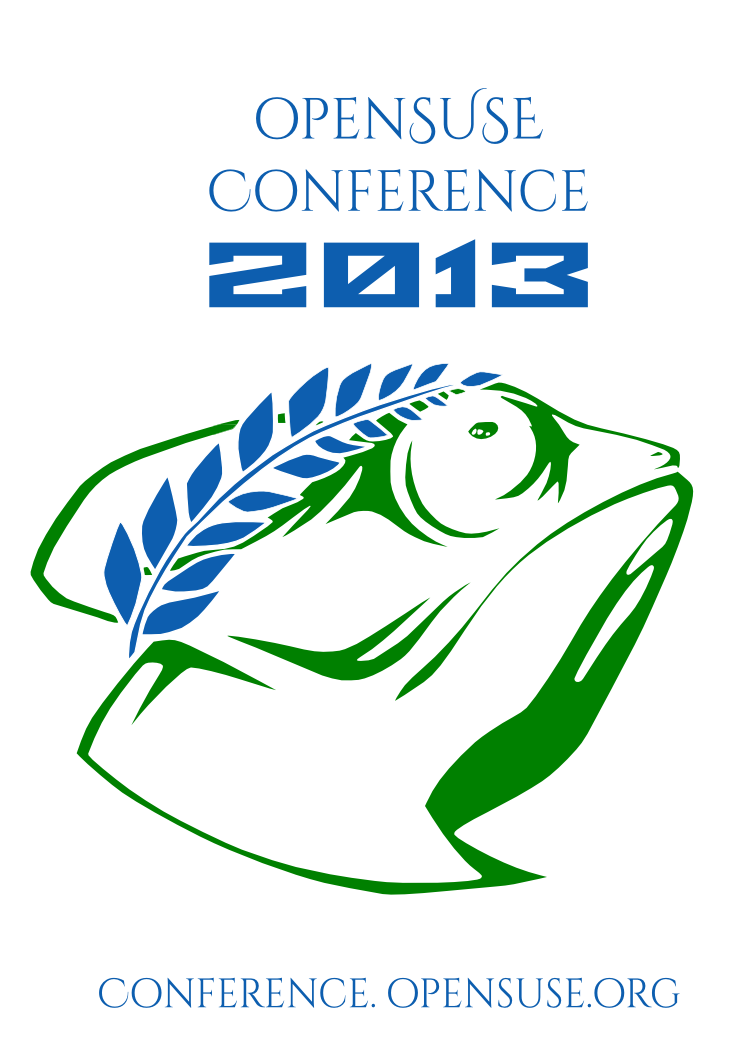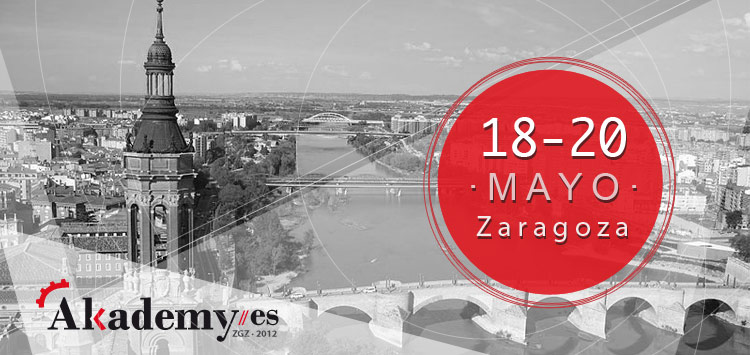Introduction
I could blog about this topic for months but recently I found two interesting articles [1] , [2] related to how can somebody make profit from FOSS. In this post I would like to mention the parts of the articles that called my attention .
About profit and challenges
First of all you can have a look at the following diagram
Challenges
” In spite of the future being increasingly open source, there are lurking challenges. One of the biggest challenges is competing against proprietary companies with a different model. “This means that it’s more difficult keeping things open source because a lot of senior partners don’t understand it. So, they think that open source could be a business risk,” says Google’s Sengupta. “But that barrier is now reducing each month and year,” says Evans.
Open source is hard to define and everyone has their own definition of it (see Box). Software’s legal dilemmas are probably messier than the bugs plaguing it. So there are always challenges with licences, software freedom and on reaching a consensus about what is open source and what is proprietary.
Another perception is that being open source means not only free source code but also free of cost, monetarily. This is partly because of the double meanings of the world “free” and partly because there are some very strong free products by organizations like Apache, which are fully free of cost. Then, there’s the trouble of the community: which is the very engine of open source. There are hundreds of thousands of developers. You have to find the right meaningful segment of the developer community, fit for your need, and excite them into building your specific application.
Being open means that your competition can see what you are up to. This may keep you constantly on your toes and ensure that you always keep your products’ quality top-notch. “But because everyone knows what you are up to, you can never have the Steve Jobs/Apple moment of ‘wow!’. So, purely from a PR perspective, open source can be tough,” says Sengupta.
Cloud Computing
” Finding the right line between the indie cult spirit of developer community and a sturdy, trustworthy enterprise-ready product is also another challenge for open source. Things like firewall, storage, and others could not be disrupted by open source for a long time due to reliability issues. But then times are changing and open source’s merits nevertheless outshine its flaws. And even open source red flags like storage are doing well. In October, Babu sold Gluster, his open source storage startup, to Red Hat for $136 million. For a software startup, being open will eventually not be a matter of choice.
Rather than waste precious funds in marketing, being open popularises the startup’s product resulting in a wider adoption. Counter-intuitive as it sounds, opening up its technology can bring a business more money.”
According to some, OpenStack got started when NASA was building their Nebula infrastructure cloud, and were working with Eucalyptus to get the job done. But, there were problems.
Eucalyptus uses an open core model with its customers, which means there’s an open source “core” software product they give to community users for free and commercial add-ons for which they charge customers. ”
Business models
“The freedom to change and rework software can be fairly profitable too. Although open source is a buzzword today, RedHat — the company synonymous with open source — showed way back in the early 1990s that it could be a profitable and sustainable business model. RedHat’s is a subscription-based model wherein users subscribe to its consulting services for free products like ‘Red Hat Enterprise Linux’ and ‘JBoss application server’. Today, the public company has revenue of well over $900 million.
Like RedHat put value into a free product like Linux, IBM too did quite well improving and adding value to existing free products like the Apache web server. It added hooks, which enabled IBM to use its own custom web server platform. IBM also has a basic enterprise software based on Apache Geronimo, wherein again it offers a better product with better capacity.
RedHat’s service offering and IBM’s product offering represent the two major business models in open source. “But just like there is no perfect one-for-all software, there is no particular open source model that’s good for all. You need to focus on what your customer wants,” says Babu. That’s for software, but the philosophy of freedom which open source embodies, is spreading. “If you have a commodity, you may as well be open,” says Greg Stein, an advocate of open source software and director of the Apache Software Foundation. That includes hardware, which might be very proprietary today. But things like Apache’s Arduino platform for instance, are beginning to make inroads into open hardware experimentation.
And as hardware gets increasingly commoditised — with infrastructure-as-a-service (IaaS) becoming ubiquitous — it is destined to go more open source. “Where we are with open hardware today is where we were with open source software a decade ago,” says Stein. Though relegated primarily to enterprise spaces, open source as an idea might be coming to consumers too. Apple’s trademark iTunes was forced to move away to include playing music on non-Apple devices as well. Today, the TV market is in a flurry with a lot of player technology moving into cable boxes. People use their XBoxes to access Netflix movies. Others plug in their tablets to projectors or television sets. And Internet TV is on the rise.
Personal preferences mean that consumers will make their own choices and not be locked into devices like earlier. “Now with everything getting so customized that we will see more open source software at a consumer level,” says Stein. ‘”
Conclusion
While there are load of people who have issues with Red Hat, SUSE Linux, and Canonical (to name three commercial vendors), those issues don’t seem to center around that these companies are out to make a buck (or euro or pound). Making a profit is not immoral. People recognize that delivering value, be it human or code or materials, deserves to get paid. The moral issues come into play when someone goes too far and takes advantage of the customer.
[2] http://www.itworld.com/cloud-computing/257812/profits-considered-immoral-open-source-community



















